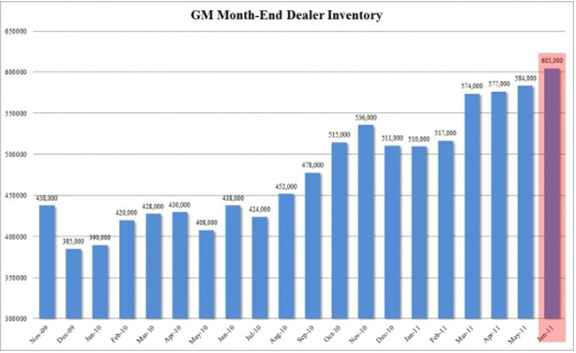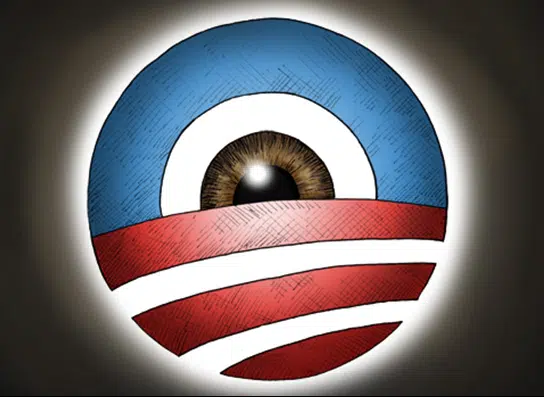By Rick Manning – The headlines blaring from General Motors public relations machine claim victory for the company in its fight for solvency.
Declaring that “May Retail Sales Rise 9 Percent on Demand for Fuel-Efficient Vehicles” one would guess that gaffe prone GM CEO Daniel Akerson (Akerson urged that gas prices go up by $1 a gallon) was doing a great job of restoring the company toward profitability.
However, one report seems to represent a Vincent Price-sized fly in the GM ointment. Dealer inventory of new cars at the end of June topped 605,000 vehicles, a 20% increase since January 2011. In fact, in the past year the number of new cars sitting on dealer lots has increased by 167,000 vehicles as the government overseen and owned entity continues to crank cars off the assembly lines onto already stuffed to capacity car lots.
Based upon the ever increasing dealer inventory, the obvious question is whether a truly private manufacturing company would continue to produce new products at a rate far exceeding monthly demand, or is the full speed ahead manufacturing cycle a result of a political decision to avoid layoffs or slowdowns?
An article on Bloomberg.com titled, “Widening GM Truck Supply Reminiscent of 2008 ‘Bad Habits” examines the gap in General Motors’ truck inventory on their dealers lots compared with Ford’s truck inventory.
As the must-read article point out, there are now supplies of the Chevy Silverado on dealer lots are now large enough to last on dealer lots for 6 ½ months if sales continue at June’s rate.
In fairness, based upon average GM truck sales rather than the June numbers, this inventory hovers at the 122 day level or four month mark. By comparison, privately owned and never bailed out Ford Motor Company currently has an average truck inventory of 79 days on its lots.
While General Motors spokespersons deny that there is any government manipulation of management decisions that have resulted in this massive manufacturing overstock, it is reasonable to wonder if political concerns explain why the new GM is making decisions that load down their dealers with far more inventory than their competitors.
Have Obama Administration Car Czars had their fingers in the decisions on whether to keep their union allies working in spite of low vehicle demand?
Did GM make manufacturing decisions based upon extremely rosy and false Obama Administration economic projections rather than legitimate non-politically driven forecasts?
Is GM’s Obama approved CEO overtly pushing for small car sales over the larger, more profitable trucks and SUVs due to support for his master’s environmental policy rather than what is in the interests of the company’s private shareholders?
Ultimately, as long as the U.S. government owns any stake in the formerly proud GM, investors need to invoke the old Latin admonition of caveat emptor. Because with GM, falling for the shiny brochure and loud press releases may be alot like buying a freshly waxed cherry looking 1994 Corvette that actually spent two weeks underwater during Katrina.
When you look behind the numbers, government owned GM appears to be a classic lemon. Unfortunately, taxpayers who paid for the bailout are the ones who are going to be stuck with this clunker.
Rick Manning is the Communications Director for Americans for Limited Government. You can follow Rick on Twitter at @RManning957.








